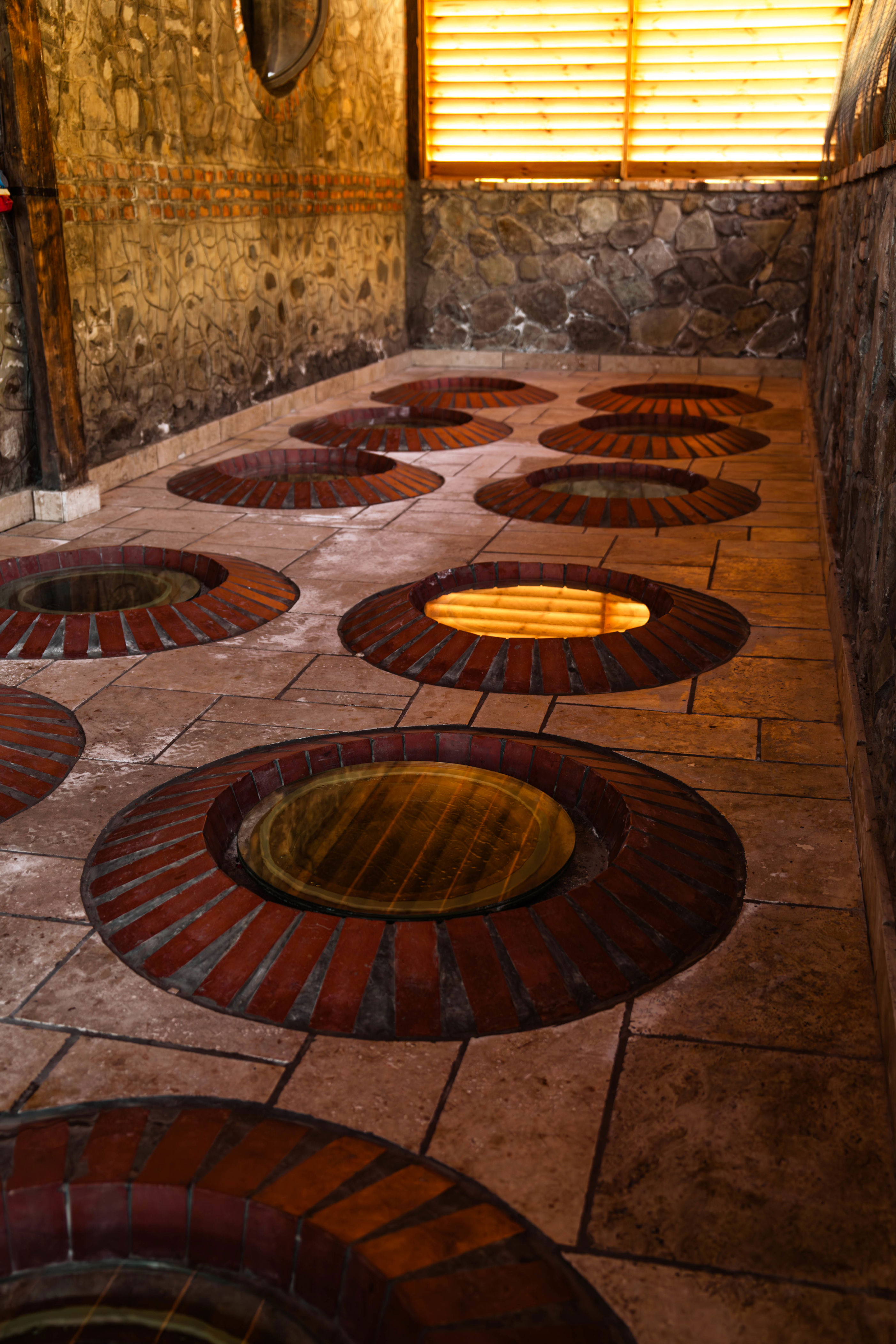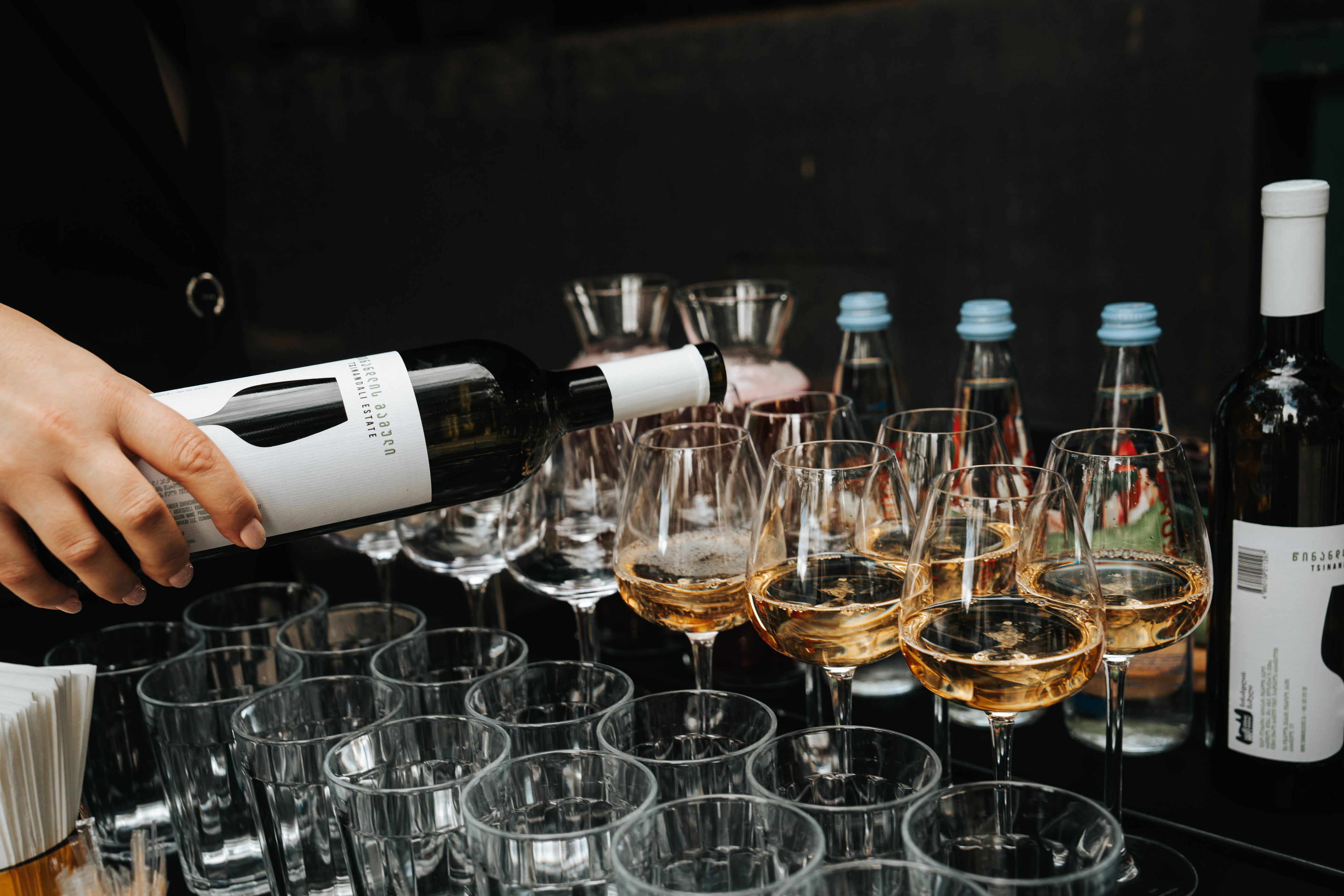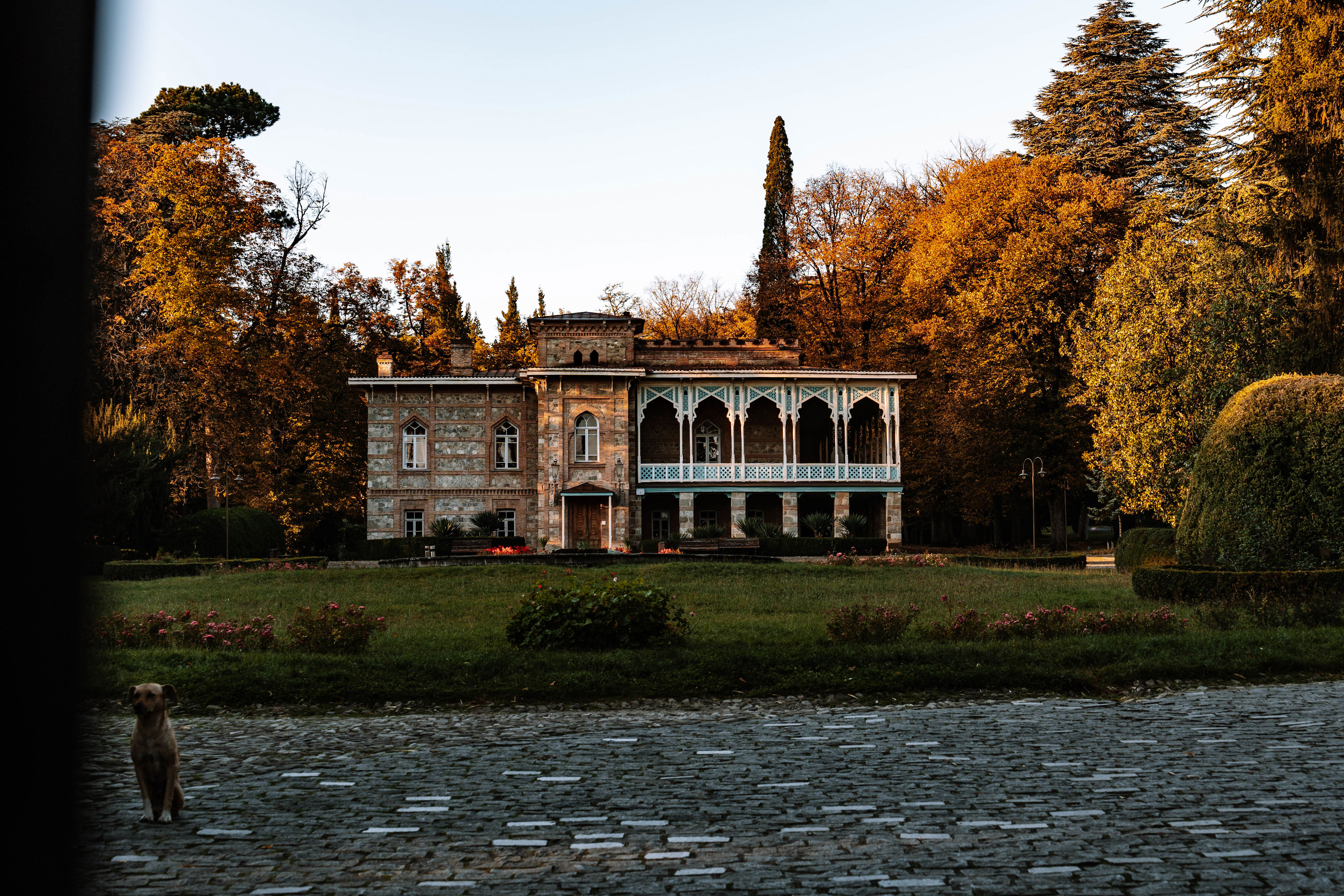Skip Bordeaux: Why Telavi Is the Next Big Wine Destination
When I arrive at the extensive Tsinandali Estate vineyard, it is adorned with an autumn atmosphere. Yellow and maroon hues permeate the sea of green vines stretching across the slopes of Telavi in eastern Georgia.
Georgia.
The area of Kakheti, which is merely a two-hour drive from the capital city Tbilisi, has earned itself the moniker “Little Tuscany” due to its scenic mountains and traditional landscapes.
wine-making
Techniques tracing back to around 6,000 BC, which precede the initial wine-making in France by over 5,000 years.
The ideal period to go is during late summer, when the fruits and vegetables reach their prime. The fall season in September and October marks the height of harvesting, featuring activities like grape collection, wine production, and customary festivities as key highlights.
From the balcony of a modest concrete structure at the Tsinandali Estate, I gaze upon a 40-hectare vineyard sprawled beneath the breathtaking view of the Caucasus Mountains, their peaks gently capped with snow. Concealed among the grapevines are 16
varieties of grapes
; most of them are Saperavi, a deep-colored Georgian grape variety renowned for making robust, dark red wines.
“Tsinandali stands out as a distinct micro-zone because of various significant elements: its well-draining, calcium-rich soils; an eastward-sloping terrain that offers plenty of sunlight and heat ideal for grape cultivation; and its inherent seclusion provided by encircling oak woods and gullies,” explains Sopho Khutidze, a vineyard manager and wine producer.
Distinctive circumstances, such as an altitude of 700 meters above sea level, shape the characteristics of the wines from Tsinandali. Here, grapes that have matured under these specific conditions and have been meticulously handled result in outstanding wine productions, with every bottle encapsulating this extraordinary environment.

Beneath the level where you stand, among big steel containers and wooden casks, lie qvevri, sizable clay pots utilized for fermentation, aging, and storage.
Georgian wine
The practice of utilizing qvevris is a source of pride for Georgian vintners who maintain this tradition.
The oval-shaped vessels are typically buried underground and can hold anywhere from several liters to a few hundred liters. After grapes are crushed, they are combined with their skins, stems, and seeds before being placed into these earthenware jars. This mixture then remains undisturbed for periods ranging from three to six months. Fermentation occurs over approximately 22 to 24 days during this time.
After each batch, the qvevri is cleaned manually and rewaxed before being used again.
“Wines kept in a qvevri usually possess an earthy, strong, and intricate flavor profile,” explains Sopho. The clay used permits natural micro-oxygenation without adding extra tastes, leading to wines that distinctly express their terroir, mineral characteristics, and tannin framework.

These wines typically exhibit flavors of dried fruits, nuts, spices, along with a somewhat oxidized characteristic,” explains Sopho. “On the contrary, wines matured in oak barrels acquire a softer, fuller mouthfeel with tastes shaped by the wood. The oak not only mellows out the tannins but also boosts the wine’s body, rendering it more robust and well-structured.
In general, qvevri wines highlight clarity, groundedness, and a strong, natural essence, whereas those aged in oak provide a more refined, well-structured, and aromatic complexity.
Wine made from white grapes that ferments together with its skins, seeds, and stems inside a qvevri takes on a distinctive amber or orange hue. Often referred to as Georgian amber wines, these beverages boast a richer flavor palette, featuring hints of dried fruits, nuts, and herbs.
Similar to much of the globe, Georgia’s wine industry has encountered various difficulties recently. The impacts of climate change, with its fluctuating temperature and rainfall trends, have notably harmed vineyards, resulting in heightened pest and disease issues.

“Ultimately, just as with all fruits, grapevines are intricately linked to natural cycles and changes, necessitating ongoing adaptation to sustain their quality and viability. Moreover, certain grape types can show a mismatch between their technological and physiological maturation, frequently leaving vintners to choose between achieving optimal phenolic ripeness and managing increasing alcohol levels,” explains Sopho.
A five-minute drive from the Tsinandali Estate is the Radisson Collection Hotel, a modern glass building covered in plants, making it look like a massive living wall. The contrasting hotel blends into an estate whose story goes back to the beginning of the 19th century, when a prominent Georgian aristocrat, Prince Alexander Chavchavadze, turned his family home into a cultural centre. These days, the landmark is a museum, which is surrounded by perfectly manicured gardens enjoyed by guests and locals.
In addition to his love for green spaces, Alexander was also passionate about poetry and winemaking, bringing new techniques to Georgia. He amassed a remarkable wine collection consisting of 16,500 bottles across 70 different types, which are kept and showcased in the enoteca (wine bar). The earliest bottle in this impressive assortment originates from as far back as 1841.
On the contrary, the Radisson basement showcases a sophisticated array of white, red, rosé, and qvevri wines produced and bottled just a short distance away.

Ten restaurants, bars and cafes provide space for a keen drinker to tuck away and enjoy a glass or two in peace. Accompany that with Georgian delicacies incorporating generous quantities of cheese and bread, and you are on to a guaranteed winner. We enjoyed a Kakhetian feast at Natella, a contemporary-looking traditional restaurant that serves oven-baked dishes using local seasonal produce.
Although Georgia has a strong affinity for baked goods, cheese holds an equally prominent position as one of its favorite foods. Whether you prefer the stringy texture of tenili or the elastic quality of sulguni, there’s a perfect cheese variety for each traditional dish from this region. Well-loved meals include khachapuri, which features a boat-like shape filled with deliciousness, and street snacks crafted from light bread, crowned with various types of cheese and often containing a runny yolk at their center.
Another variant is the Imeruli Khachapuri. Hailing from the Imereti region, this iteration features the cheese baked within the dough instead of being added on top. To transform it into Kubdari, a savory dish from the Svaneti area of Georgia, substitute the cheese with minced meat such as beef, pork, or a combination of both.

Similarly styled, Khychins—thin pancakes filled with cheese, potatoes, or meats—are regarded as the quintessential cuisine of the Balkar community inhabiting northern Georgia. This group claims roots dating back to the 11th century when Turkic nomads seized their territory and intermingled with the locals. Given their heritage as cattle breeders, their diet primarily consists of dishes centered around meat and dairy products.
Just like all tourists eager to recreate the delicious meals back home, I decided to take a cooking class.
masterclass at Tsinandali
, eager to show off my newfound abilities at the upcoming dinner party. In addition to perfecting the art of making khachapuri, I also learned how to prepare khinkali—Georgian dumplings filled with ground meat—as well as shoti bread, which is an oval-shaped loaf baked in a tandoor oven. Furthermore, I discovered how to make churchkhela, a traditional candy consisting of grape juice thickened around sticks and studded with various nuts and coated in flour.
In contrast to Tbilisi, the vibrant capital of Georgia, Telavi is a tranquil town perfect for unwinding after city life. Following a brief walk down its principal avenue, we make our way to the Batonis Tsikhe fortress and the Telavi History Museum, located within the same compound. Affectionately referred to as Erekle’s museum, this modern facility houses an impressive collection of 67,000 artifacts, encompassing items from ethnography, archaeology, and art such as paintings. Visitors can also view King Erekle’s silver dagger, weaponry, garments, and literature.
Adjacent stands a towering fifteen-foot wall encircling an ancient fortress that served as the royal abode for the rulers of Kakheti during the 1600s and early 1700s. This castle owes its existence to King Archil, who initiated construction from 1664 through 1675. The building’s distinctive design echoes styles found in similar-era Persian residences.
Traces of that can be seen in the arched doors and mirror mosaics on the exterior of the palace. Inside, the fortress is a museum detailing the history of the kings through items of the royal family, including a rich coin collection.

The Alaverdi Monastery, located just a short 30-minute journey from downtown Telavi, is an additional stunning attraction set against a backdrop of majestic mountains. This site features striking views with rolling greens punctuated by the prominent 40-meter-high limestone bell tower of St. George Cathedral, which catches your eye even from afar due to its historical significance; this structure houses some remarkably preserved frescoes dating back to the 11th century. Within the same compound lies the former residence of Paykar Khan as well as a functioning winery. Visitors have the opportunity to savor local wines during tastings sourced directly from their compact yet diverse vineyards, boasting over eighty grape varietals.
Whether you are a wine drinker or not, Kakheti has a wider appeal. It’s steeped in history, nature is never too far and food experiences are in abundance. It’s the perfect day trip from the capital or a weekend away from the crowds of Tbilisi.
Radhika Aligh was a visitor at the Tsinandali Estate, part of the A Radisson Collection Hotels chain, with room rates starting at £180 per night, which includes breakfast.
radissonhotels.com
To get the finest tales delivered to your inbox daily, click here.
here
to register for one or more newsletters from The Standard.